Feline Calicivirus (FCV) is one of the most common respiratory infections in cats, particularly contagious in multi-cat households, catteries, or stray cat populations. While most cases recover, certain strains can cause severe symptoms and even be life-threatening. As a cat owner, understanding the early signs of FCV and preventive measures can help protect your feline companion from infection.
1. What is FCV (Feline Calicivirus)?
FCV is an RNA virus that primarily attacks a cat’s respiratory tract, mouth, and joints, and is highly contagious. Its characteristics include:
✔ Highly infectious: Spread through saliva, nasal/ocular secretions, and shared objects
✔ Strong environmental survivability: Can persist on surfaces for days to weeks
✔ Rapid mutation: Different strains may cause varying symptoms
✔ Carrier risk: Recovered cats may shed the virus intermittently for months or even life
2. How to Detect FCV Early?
Early recognition of FCV infection allows for prompt treatment and prevents worsening conditions. Watch for these symptoms in your cat:
1. Respiratory Symptoms (Similar to Cat Flu)
-
Frequent sneezing
-
Nasal discharge (clear at first, may become purulent)
-
Increased eye discharge (conjunctivitis)
-
Mild coughing
2. Oral Problems (Classic Signs)
-
Mouth ulcers (red sores on the tongue, gums, or palate)
-
Drooling (due to pain when swallowing)
-
Reduced appetite or refusal to eat
3. Other Symptoms
-
Fever (temperature > 39.2°C / 102.5°F)
-
Lameness (some strains cause arthritis)
-
Lethargy, reduced activity
⚠ Warning: If your cat shows facial/limb swelling, skin ulcers, or difficulty breathing, it may indicate a virulent strain (VS-FCV)—seek immediate veterinary care!
3. How to Prevent FCV Scientifically?
1. Vaccination—The Most Effective Prevention
The FCV vaccine is a core vaccine for cats (usually combined with feline panleukopenia and herpesvirus). Recommended vaccination schedule:
-
Kittens: First dose at 8-9 weeks, boosters every 3-4 weeks (2-3 doses total)
-
Adult cats: Annual or triennial boosters (depending on vaccine type and vet advice)
Note: Vaccination doesn’t guarantee 100% protection but significantly reduces severe disease risk!
2. Minimizing Virus Spread
✅ Quarantine new cats: Isolate newcomers for 2 weeks before introducing them to resident cats
✅ Regular disinfection: Use diluted bleach (1:32) or veterinary disinfectants
✅ Avoid shared items: In multi-cat homes, provide separate food bowls, water dishes, and litter boxes
✅ Reduce stress: Stress weakens immunity, increasing infection risk
3. Boosting Your Cat’s Immunity
-
Provide a balanced, nutritious diet
-
Maintain clean living conditions
-
Regular deworming to prevent other diseases
4. Prevention in High-Risk Environments
-
Catteries/boarding facilities: Strict disinfection, quarantine new arrivals
-
Vet clinics: Use carriers to avoid direct contact with sick cats
-
Stray cat rescuers: Wash hands and change clothes before handling pet cats
4. What to Do If Your Cat Contracts FCV?
There is no specific antiviral treatment, so care focuses on supportive therapy:
✔ Antibiotics (to prevent secondary infections)
✔ Pain relief (for mouth ulcer discomfort)
✔ Nutritional support (soft or liquid food)
✔ Fluid therapy (to prevent dehydration)
✔ Comfortable environment (keep warm and quiet)
⚠ Important:
-
Isolate sick cats to prevent spreading the virus
-
Recovered cats may still shed the virus—monitor closely
-
If your cat stops eating/drinking for over 24 hours, see a vet immediately!
5. Summary: Key FCV Prevention Strategies
-
Vaccinate on schedule
-
Quarantine new cats to prevent exposure
-
Maintain cleanliness and disinfect regularly
-
Boost immunity and minimize stress
-
Early intervention if symptoms appear
Though FCV is common, scientific prevention and management can greatly reduce infection risks. If you suspect FCV, consult your vet promptly for proper treatment!
A healthy cat starts with a caring owner!

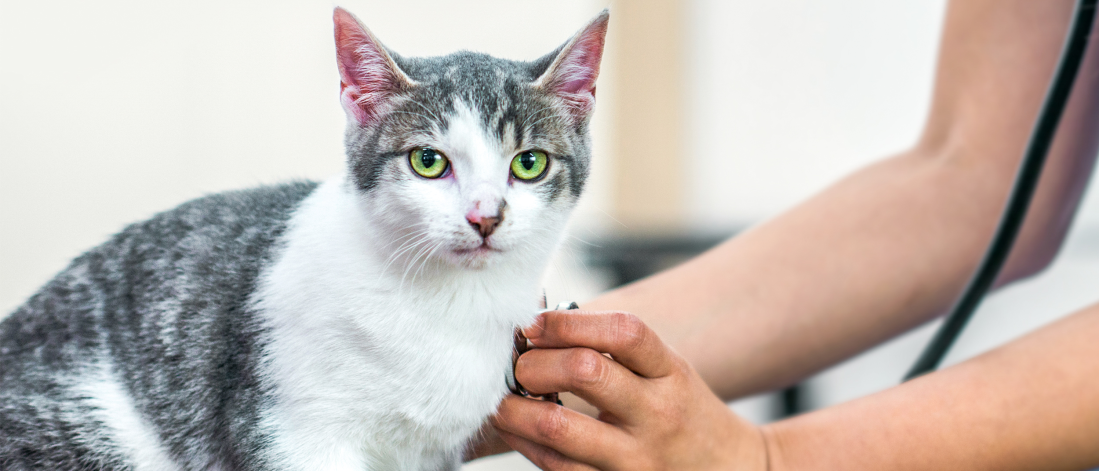




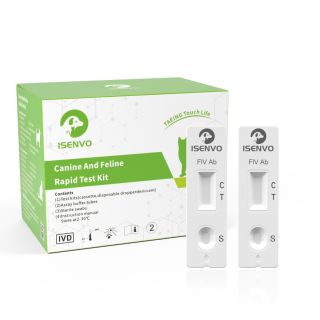

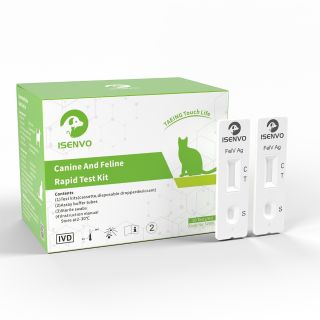
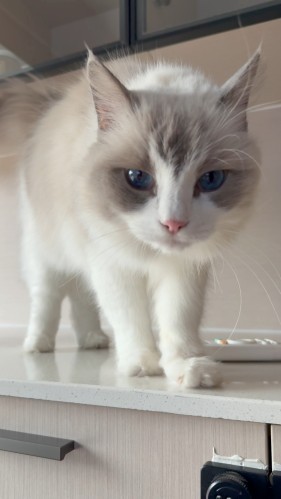



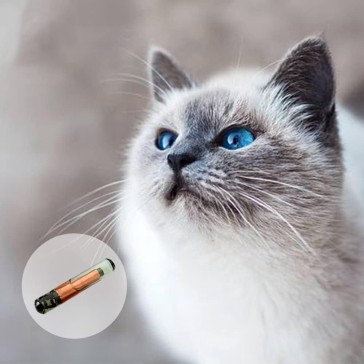
Validate your login